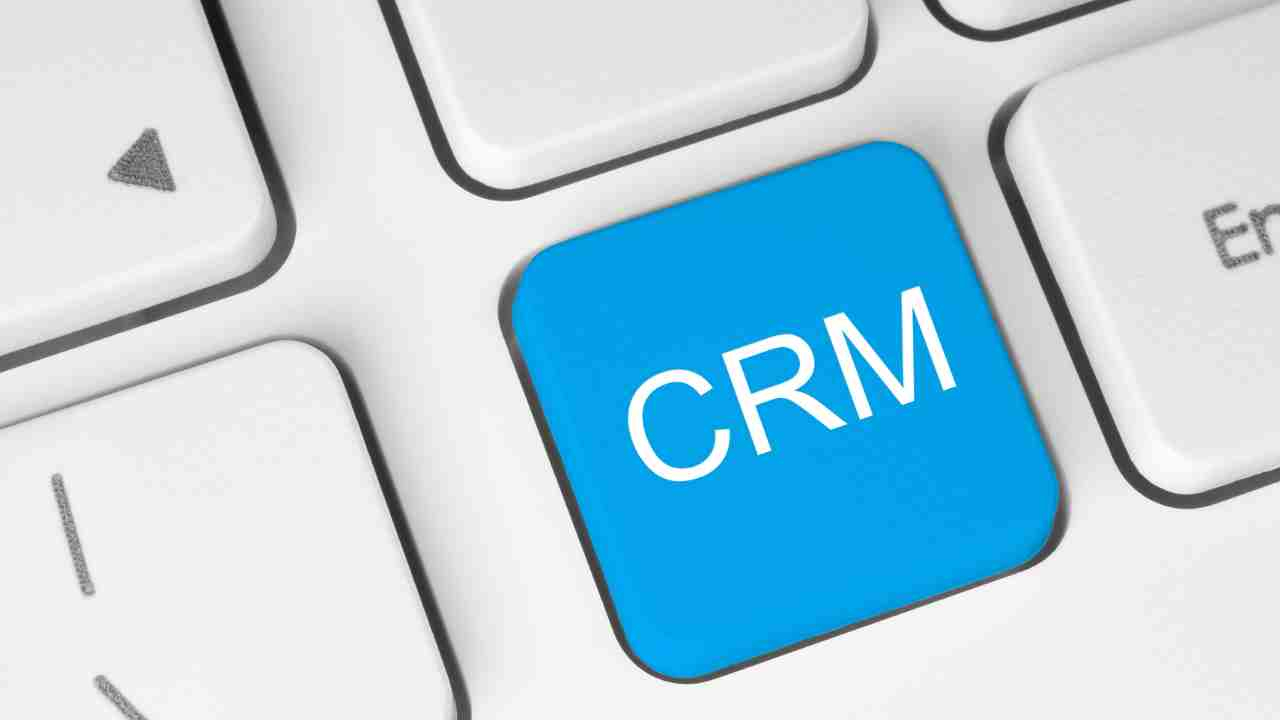How to Configure CRM Software for Business

CRM (Customer Relationship Management) software is a powerful tool that can help businesses streamline their sales and marketing processes, improve customer satisfaction, and drive growth. However, to fully leverage the benefits of CRM software, it is essential to configure it properly. In this article, we will explore the key steps and best practices for configuring CRM software for business success.
1. Define Your Objectives
Before diving into the configuration process, it is crucial to clearly define your objectives and what you hope to achieve with CRM software. This will help you align the configuration with your business goals and ensure that the software meets your specific needs.
For example, if your primary objective is to improve sales efficiency, you may want to focus on configuring the CRM software to automate repetitive tasks, track sales activities, and provide real-time insights into the sales pipeline.
On the other hand, if your goal is to enhance customer service, you might want to configure the CRM software to centralize customer information, enable seamless communication across departments, and provide a comprehensive view of customer interactions.
2. Customize Data Fields
One of the key advantages of CRM software is its ability to store and organize customer data. To make the most of this feature, it is essential to customize the data fields to match your business requirements.
Start by identifying the essential information you need to collect about your customers, such as contact details, purchase history, and preferences. Then, create custom fields within the CRM software to capture this data.
For example, if you run an e-commerce business, you may want to include fields for order number, product SKU, and shipping status. By customizing the data fields, you can ensure that the CRM software captures the information that is most relevant to your business.
3. Integrate with Existing Systems
CRM software is most effective when it seamlessly integrates with your existing systems and processes. Integration allows for the exchange of data between different platforms, eliminating the need for manual data entry and ensuring data consistency.
For example, if you use an email marketing platform, integrating it with your CRM software can enable automatic synchronization of contact lists, email campaign tracking, and lead scoring based on email interactions.
Similarly, integrating your CRM software with your accounting system can provide a holistic view of customer transactions, allowing you to identify upsell and cross-sell opportunities.
4. Define Sales Stages and Workflows
Configuring the CRM software to align with your sales process is crucial for effective pipeline management and sales forecasting. Start by defining your sales stages, from lead generation to deal closure, and map them within the CRM software.
For each sales stage, define the specific actions and tasks that need to be completed. This could include activities such as sending follow-up emails, scheduling meetings, or creating proposals.
By configuring the CRM software to automate these tasks and provide reminders, you can ensure that your sales team follows a consistent and efficient process, increasing the chances of closing deals.
5. Set Up User Permissions
Controlling access to sensitive customer data is essential for maintaining data security and privacy. Most CRM software allows you to set up user permissions, ensuring that each user has access only to the information they need to perform their role.
For example, you may want to restrict access to financial data to only the finance team, while allowing the sales team to view customer contact information and sales history.
By configuring user permissions, you can prevent unauthorized access to sensitive data and minimize the risk of data breaches.
6. Automate Workflows and Notifications
Automation is a key feature of CRM software that can significantly improve efficiency and productivity. By configuring workflows and notifications, you can automate repetitive tasks and ensure that important actions are not overlooked.
For example, you can configure the CRM software to automatically send a follow-up email to a lead after a certain period of inactivity. You can also set up notifications to alert sales representatives when a high-value lead takes a specific action, such as visiting the pricing page on your website.
Automation not only saves time but also helps you deliver a consistent and timely customer experience, increasing the chances of converting leads into customers.
7. Train Your Team
Configuring CRM software is not a one-time task. It requires ongoing training and support to ensure that your team understands how to use the software effectively.
Invest in comprehensive training sessions to familiarize your team with the CRM software’s features and functionalities. Provide them with hands-on practice and encourage them to ask questions and seek assistance when needed.
Regularly review and update the training materials as new features are added or processes change. This will help your team stay up to date and make the most of the CRM software.
Configuring CRM software for business success involves defining objectives, customizing data fields, integrating with existing systems, defining sales stages and workflows, setting up user permissions, automating workflows and notifications, and training your team. By following these steps and best practices, you can ensure that your CRM software is tailored to your business needs and helps you achieve your goals.
Remember, CRM software is a powerful tool, but its effectiveness depends on how well it is configured and utilized. Take the time to understand your business requirements, invest in proper configuration, and provide ongoing training and support to your team. With the right configuration, CRM software can become your all-in-one sales and marketing platform, driving growth and success for your business.
For more information on CRM software and how it can benefit your business, visit https://SaasExpert.ca – Your All-In-One Sales and Marketing Platform for small businesses, agency owners, and marketers.
Learn more about “Customizing CRM Modules for Business Needs” right here.
Frequently asked questions about How to Configure CRM Software for Business.

1️⃣ How Do I Choose the Right CRM Software for My Business? 🤔
Great question! Picking the right CRM (Customer Relationship Management) software is crucial for the success of your business. 🚀 You should consider several factors such as ease of use, scalability, customization options, integration capabilities, and cost. Always prioritize your business needs and goals when choosing a CRM. Don’t forget to opt for a free trial or demo so you can get a feel for the platform! With the right CRM, you’re not just buying software; you’re investing in a tool that can empower your team and drive growth. 💪
2️⃣ What Are the Key Steps to Configure My CRM Software? 🛠️
Setting up your CRM is like assembling a puzzle; every piece is crucial. 🧩 Start with the basics: importing existing customer data and organizing it in a manner that’s useful to you. Then, configure fields and forms that capture information relevant to your business. Workflow automation should be next; automate tasks like email follow-ups, reminders, and more. Don’t forget to integrate your CRM with other essential tools like your email platform, marketing software, or financial software. Finally, test everything rigorously and train your team before full deployment. Each step ensures that your CRM isn’t just a ‘system,’ but a business ally. 🤝
3️⃣ How Do I Get My Team Onboard with the New CRM Software? 🙋♀️🙋♂️
Ah, change can be hard, but not impossible! 🌱Start by involving team members in the CRM selection and setup process; this fosters ownership and makes them more invested in its success. Conduct robust training sessions and provide easy-to-follow documentation. Consider appointing a CRM champion within your team who can help others with queries and troubleshooting. Gamifying the learning process or offering incentives can also motivate your team to adopt the new CRM quickly. Remember, a CRM tool is only as effective as the people who use it! 🎯
4️⃣ How Can I Maximize ROI from My CRM Software? 💵
Excellent question! Maximizing ROI from your CRM software isn’t a one-time effort but an ongoing process. 🔄 Keep an eye on analytics to understand customer behaviors, sales patterns, and team performance. Use these insights to fine-tune your sales and marketing strategies. Always keep your CRM updated with the latest features and invest in training sessions whenever new functionalities are rolled out. An up-to-date CRM can be a treasure trove of opportunities to upsell, cross-sell, and improve customer satisfaction, thereby boosting your ROI. 💰
5️⃣ How Do I Keep My CRM Data Secure? 🛡️
Security is non-negotiable. 🔒 Choose a CRM with robust security features like SSL encryption, two-factor authentication, and regular backups. Limit access based on roles within your organization so that team members see only what they need to. Always keep software up-to-date, as updates often contain security patches. Moreover, conduct regular audits and educate your team on the importance of data security. Your CRM holds the lifeblood of your business – your customer data – and securing it should be a top priority. 🎯







